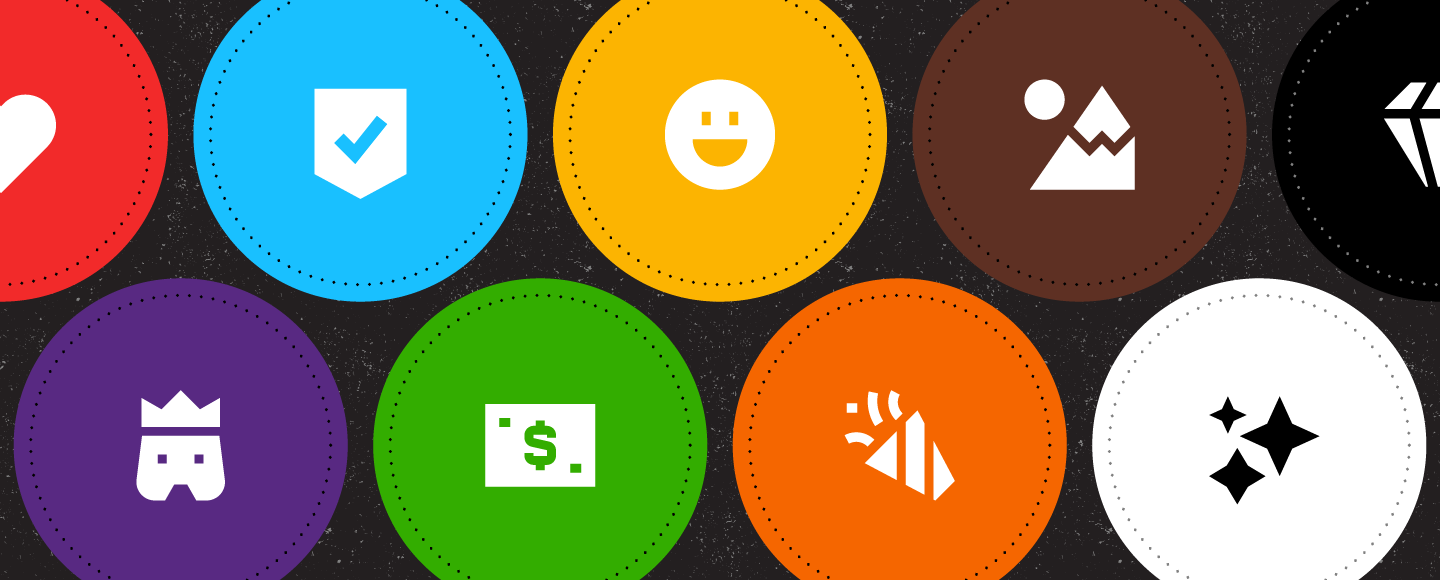
The Language of Color: How Colors Influence Emotions and Behavior
Color is more than just a visual experience; it can shape your mood, desires, and reactions. When it comes to communication, color is unmatched as a tool. Consciously or not, colors can evoke emotions, inspire actions, and shift thinking. They can stimulate or soothe, raise or lower blood pressure, and even increase appetite. In this blog, we’ll explore the psychological effects of various colors.
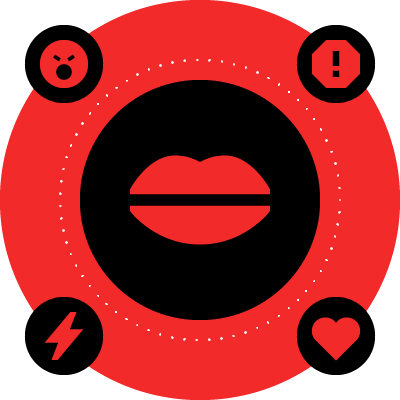
Red: Passionate, Energetic, Provocative, Attention-Grabbing, Aggressive
Red evokes a passionate and visceral response. It is a color that increases your heart rate, makes your breath faster, and is generally associated with energy, excitement, and passion. It’s one of the colors that grab attention, provoke thought, and excite emotions, used by powerhouse brands like Coca-Cola®, Kellogg’s®, and Target®. Other attributes include:
- Associated with energy, strength, power, passion, desire, and love
- Enhances human metabolism, increases respiration rate, and raises blood pressure
- Attracts attention more than any other color, sometimes signifying danger
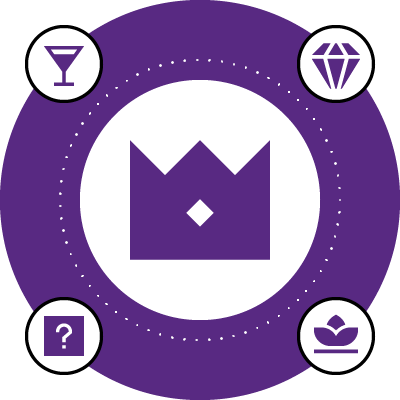
Purple: Royalty, Sophistication, Luxury, Mystery, Spirituality
Purple is a sophisticated yet mysterious color. It tends to be used with higher-end products due to its association with royalty and elegance. Purple’s mysterious element is also linked to spirituality, and it can bring a magical aspect to your branding. Purple combines the stability of blue with the energy of red, making it a great choice for brands like Hallmark®, Welch’s®, and Taco Bell®. Other attributes include:
- It’s association with royalty symbolizes power, nobility, luxury, and ambition.
- Conveys wealth and extravagance.
- Associated with wisdom, dignity, independence, and creativity.
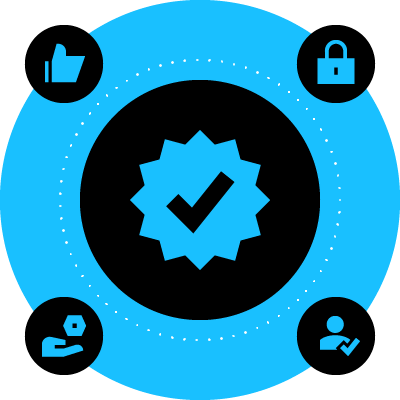
Blue: Trustworthy, Dependable, Secure, Responsible, Confident
Blue is the most popular color choice for the top brands. It is thought to put people at ease, reminding them of the sky and the ocean. Blue is also associated with trust, security, and confidence, which are great for brands such as Facebook®, Oral-B®, and Walmart®. Other attributes include:
- Unique and authentic
- Enthusiastic, sympathetic, and personal
- Warm, communicative, and compassionate
- Idealistic, spiritual, and sincere
- Peaceful, flexible, and imaginative

Green: Nature, Freshness, Wealth, Serenity, Safety
Green is a color that is synonymous with calmness, safety, and freshness. Green tends to be associated with health and the feelings of peace and serenity. Considered a key color representing nature, vitality, growth, and freshness, green has been used by brands such as Starbucks®, Animal Planet®, and John Deere®. Other attributes include:
- Color of nature. It symbolizes growth, harmony, freshness, and fertility
- Considered beneficial to the mind and body
- Slows human metabolism and produces a calming effect
- Strongly associated with tranquility and calmness
- Used to symbolize piety and sincerity

Yellow: Positivity, Light, Warmth, Creativity, Happiness
Yellow has been scientifically proven by studies to enhance mental activity, heighten awareness and energy levels, and is associated with hope and optimism. Yellow also stands out among other colors, making a yellow brand identity creative and appealing, inspiring positivity for brands such as McDonald’s®, Subway®, and Best Buy®. Other attributes include:
- Associated with joy, happiness, intellect, and energy
- Produces a warming effect, arouses cheerfulness, stimulates mental activity, and generates muscle energy
- Bright, pure yellow is an attention-getter, which is the reason taxicabs are painted this color
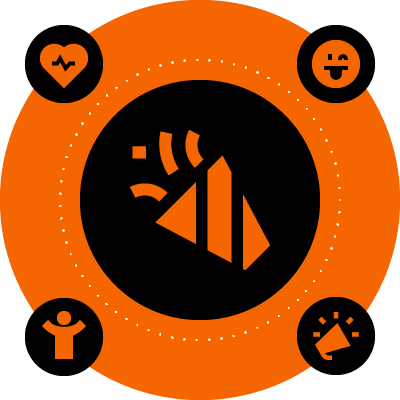
Orange: Vitality, Fun, Playful, Exuberant, Outgoing
Orange makes an ideal color choice for brands that want to blend the optimism and brightness of yellow with the passion and energy of red. This color also enhances extraversion, allowing people to let go of their inhibitions and express themselves more freely. It is a creative and cheerful color that evokes a friendly and adventurous feeling for brands like Nickelodeon®, Amazon®, and Harley-Davidson®. Other attributes include:
- Associated with joy, sunshine, and the tropics
- Represents enthusiasm, fascination, happiness, creativity, determination, attraction, success, encouragement, and stimulation

Brown: Earth, Natural, Reliable, Durable, Comforting
Brown is common in nature, and it has meanings such as natural, wholesome, and protective, which is why it would be a good color for products or services related to food, natural products, the environment, etc. Being associated with comfort, reliability, trust, and loyalty, brown represents brands such as UPS®, M&Ms®, and Hershey’s®. Other attributes include:
- Associated with the traits of dependability, reliability, and resilience
- Brown-lovers are most often reserved and not looking to attract attention to themselves
- While light brown represents honesty and stability, dark brown is considered mature and predictable
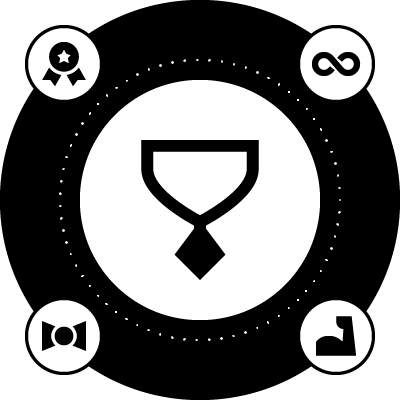
Black: Prestige, Elegance, Timelessness, Sophistication, Power
Black is another popular color option for brands, and it tends to be one of the most classic choices. It’s both timeless and sophisticated, and it can make a brand identity stand out. It seems to work perfectly with luxury products, blending classic and powerful elements. Black is one of the colors that can be combined with others to evoke a stronger emotion without losing the classic appeal of brands like Apple®, Gucci®, and Nike®. Other attributes include:
- Associated with power, elegance, formality, death, evil, and mystery
- A mysterious color associated with fear and the unknown (black holes)
- Can have a negative connotation (blacklist, black humor, ‘black death’)
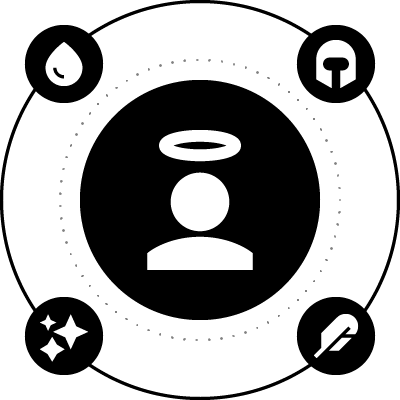
White: Pure, Noble, Clean, Soft, Goodness
White represents simplicity, purity, and cleanliness. These three qualities make it extremely popular in healthcare, cleaning, and child-related businesses. White can also evoke a feeling of trust by emphasizing purity and simplicity. It makes us think of new beginnings, perfection, elegance, and serenity. Like black, white is one of the colors that can be combined with others to evoke stronger emotions without losing its classic appeal for brands like Apple®, Gucci®, and Nike®. Other attributes include:
- Associated with light, goodness, innocence, purity, and virginity
- Signifies safety, purity, and cleanliness
- Invites creativity, reflection, openness, and awakenings
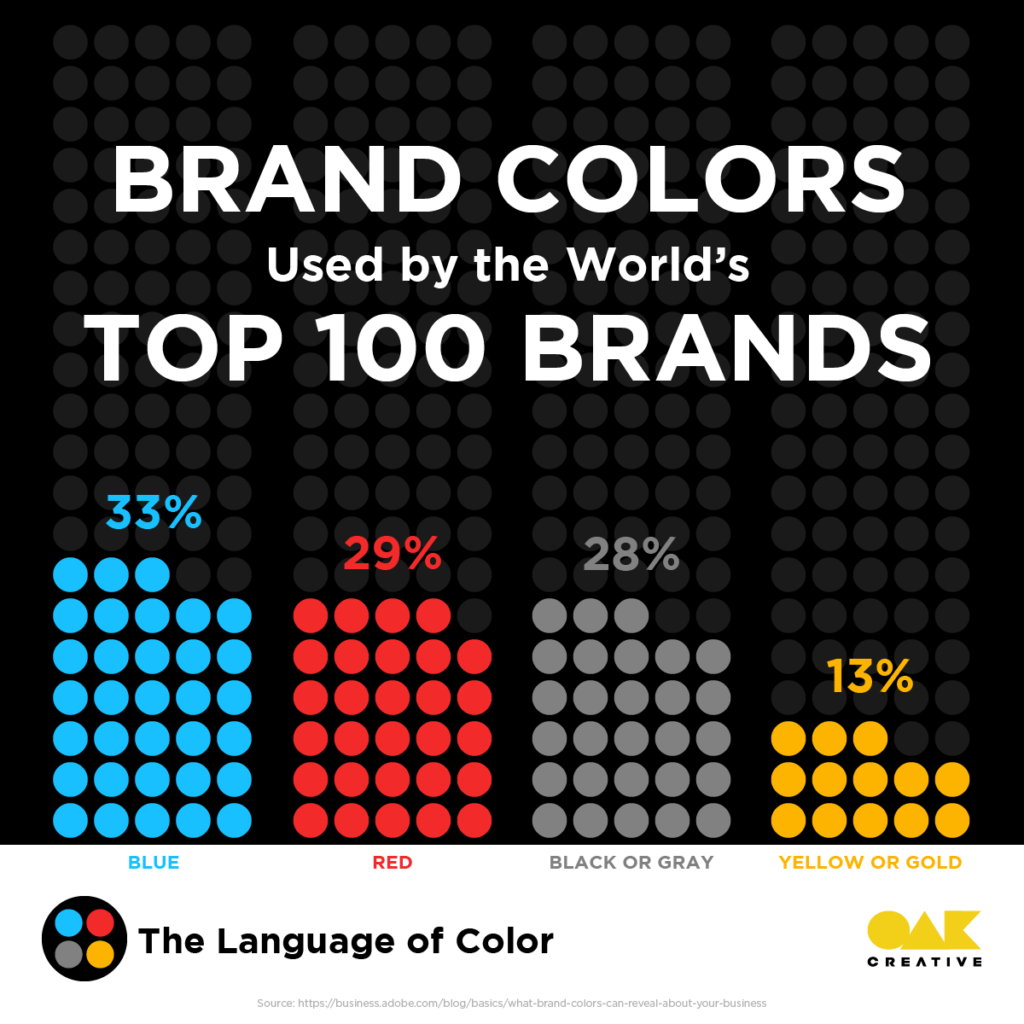
What Brand Colors Are Used the Most?
- Blue is the winning color in 33% of the top 100 brands. Red comes in second, appearing in 29% of the brands, while black or greyscale is the third most popular choice at 28%. Finally, 13% use yellow or gold.
- Interestingly, 95% of the top 100 brands use only one or two colors. This can be explained as an attempt to maintain consistency by keeping their branding simple.
- Moreover, text is unimportant for many of these brands, as only 41% included it in their logos. This proves that a strong logo can connect with the audience, even without text to supplement it. In fact, 9% of the brands didn’t even feature their company’s name on their logo, going one step further with the simplicity of their logos.

How Many Colors Does a Brand Need to be Effective?
- Interestingly, 95% of the top 100 brands only use one or two colors
- This can be explained as an attempt to maintain consistency by keeping their branding simple
How Do People Respond to Brand Colors?
- Color increases brand recognition by 80%
- 85% of consumers feel that color is the primary factor when choosing a product
- Color is the first thing a consumer notices about your logo
Sources: colorpsychology.org and Adobe Experience Could Team